Home>Garden Essentials>How To Calculate Cubic Feet For Landscaping
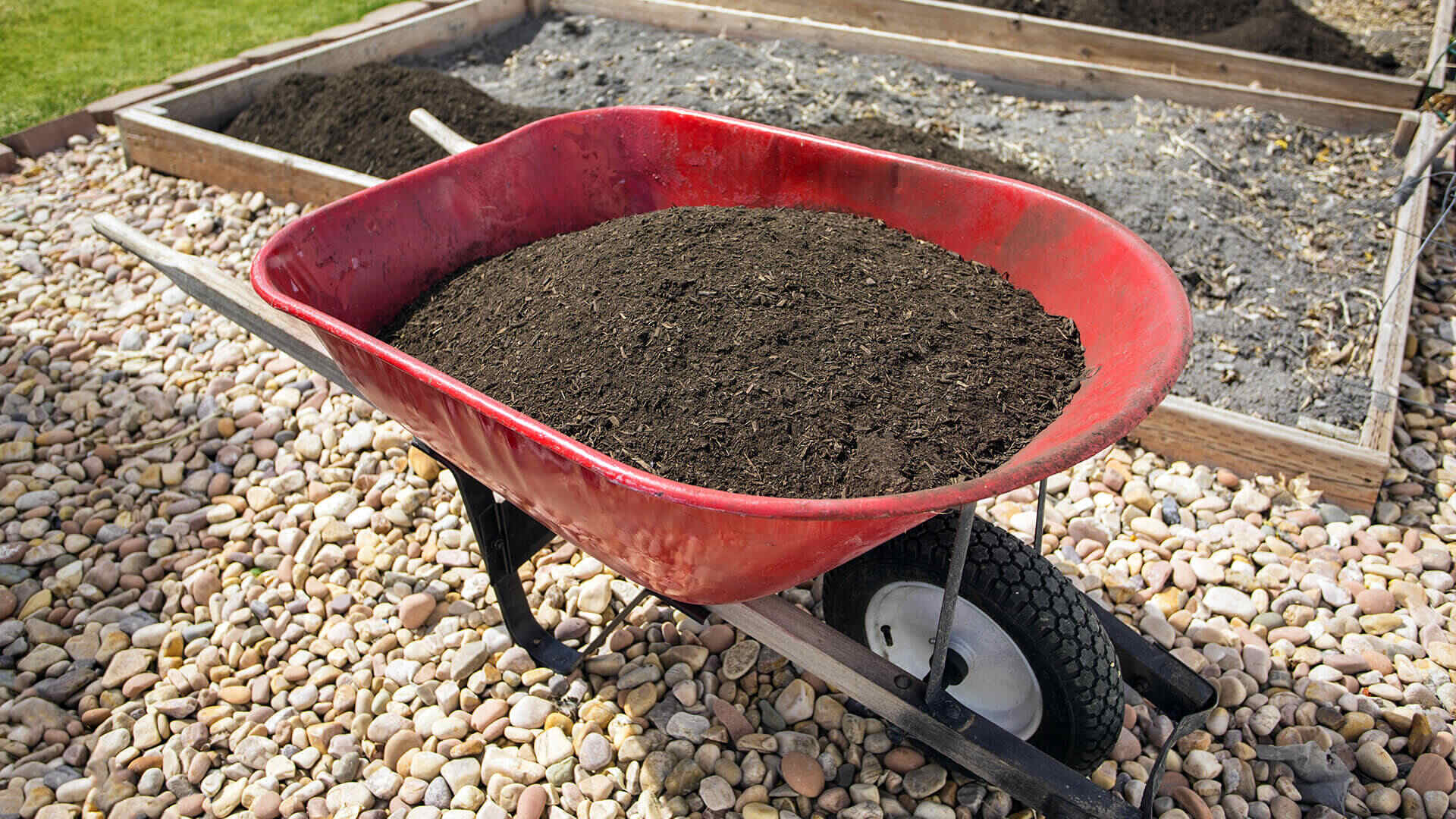

Garden Essentials
How To Calculate Cubic Feet For Landscaping
Modified: March 15, 2024
Learn how to calculate cubic feet for landscaping in your garden. Find out the precise measurements needed for your planting and construction projects.
(Many of the links in this article redirect to a specific reviewed product. Your purchase of these products through affiliate links helps to generate commission for Storables.com, at no extra cost. Learn more)
Introduction
Welcome to this comprehensive guide on how to calculate cubic feet for landscaping. The process of landscaping involves various measurements to determine the quantity of materials needed. Whether you’re planning to install a garden, build a patio, or create a retaining wall, knowing how to calculate cubic feet is essential to ensure you have the right amount of materials.
In landscaping, cubic feet refers to the volume or capacity of a particular area. By accurately calculating cubic feet, you can determine how much soil, mulch, gravel, or other materials you’ll need to complete your project successfully. This knowledge will save you time, money, and effort by avoiding under or overestimating the required quantities, allowing for a more precise and efficient landscaping process.
In this guide, we’ll walk you through the steps to accurately calculate cubic feet for your landscaping needs. We’ll cover everything from measuring the area to considering various shapes and adjusting for irregular surfaces. Let’s get started!
Key Takeaways:
- Calculate cubic feet for landscaping by measuring length, width, and height, then multiplying them. Adjust for irregular shapes, slopes, and gaps to ensure accurate material estimates for your project.
- Consider extra cubic feet for materials like mulch or gravel to achieve the desired depth and coverage for your landscaped area. Accurate calculations save time, money, and effort in your gardening endeavors.
Read more: How To Calculate Cubic Feet For Refrigerator
Step 1: Measure the Length, Width, and Height of the Landscaped Area
The first step in calculating cubic feet for landscaping is to measure the length, width, and height of the area you plan to landscape. Use a tape measure or measuring tool to obtain accurate measurements.
Measure the length by extending the tape measure from one end of the area to the other. Ensure that you’re measuring along a straight line for precision. Record the measurement in feet.
Next, measure the width of the area by extending the tape measure perpendicular to the length measurement you just recorded. This measurement will give you the width of the landscaping area. Again, record this measurement in feet.
If the landscaped area has varying heights, such as a sloped surface or different levels, you’ll need to measure the height as well. Place the tape measure at the lowest point and extend it to the highest point, recording the measurement in feet.
It’s important to measure accurately, as any discrepancies can result in incorrect calculations and ultimately impact the success of your landscaping project.
Once you have the length, width, and height measurements, you’re ready to move on to the next step.
Step 2: Convert the Measurements to Feet
After measuring the length, width, and height of the landscaped area, the next step is to convert those measurements to feet. This is important because the calculations for cubic feet require consistent units.
If you measured the length, width, and height in inches or centimeters, you’ll need to convert them to feet before proceeding. To convert inches to feet, simply divide the measurement by 12. For example, if the length is 36 inches, divide it by 12 to get 3 feet.
Similarly, if you measured in centimeters, divide the measurement by 30.48 to convert it to feet. For example, if the width is 150 centimeters, divide it by 30.48 to get approximately 4.92 feet.
Make sure to round your conversions to the nearest decimal place for simplicity and accuracy. Keep in mind that having all the measurements in the same unit, which is feet in this case, will make the calculations much easier.
Once you have converted all the measurements to feet, you can proceed to the next step and calculate the volume of the landscaped area in cubic feet.
Step 3: Multiply the Length, Width, and Height to Calculate the Volume
Now that you have converted the measurements to feet, you can calculate the volume of the landscaped area by multiplying the length, width, and height. The formula for calculating volume is:
Volume = Length (feet) × Width (feet) × Height (feet)
Simply multiply the three measurements together to get the volume in cubic feet. For example, if the length is 10 feet, the width is 8 feet, and the height is 2 feet, the calculation would be:
Volume = 10 feet × 8 feet × 2 feet = 160 cubic feet
So, the volume of the landscaped area in this example would be 160 cubic feet.
If your landscaped area is a regular geometric shape, such as a rectangular or square space, this calculation method will give you an accurate volume measurement. However, if your area has irregular shapes or slopes, you’ll need to make some adjustments in the next steps to account for these variations.
Now that you have the volume in cubic feet, you can proceed to the next step to calculate the cubic feet for different shapes commonly found in landscaping.
Step 4: Calculate the Cubic Feet for Different Shapes
Landscaping areas often come in various shapes and configurations. It’s important to know how to calculate cubic feet for different shapes to accurately estimate the amount of materials needed.
Here are the formulas to calculate the volume for some common shapes:
- Rectangular or Square Shape: Volume = Length (feet) × Width (feet) × Height (feet)
- Circular Shape: Volume = π (3.14) × Radius² (feet) × Height (feet)
- Triangular Shape: Volume = (1/2) × Base (feet) × Height (feet) × Height (feet)
- Irregular Shape: Divide the area into regular shapes and calculate their volumes individually. Then, add up the volumes of each shape to get the total volume.
For example, if you have a circular landscaped area with a radius of 5 feet and a height of 3 feet, the calculation would be:
Volume = 3.14 × 5 feet × 5 feet × 3 feet = 235.5 cubic feet
Remember to use the appropriate formula for the shape of your landscaped area and substitute the measurements accordingly to calculate the volume in cubic feet.
Next, let’s move on to the next step where we’ll discuss how to account for sloped or irregular surfaces.
To calculate cubic feet for landscaping, measure the length, width, and height of the area in feet. Then, multiply the three measurements together to get the total cubic feet.
Read more: How To Measure Cubic Feet Of A Freezer
Step 5: Adjust for Sloped or Irregular Surfaces
When landscaping, it’s common to come across sloped or irregular surfaces, such as hills, terraces, or uneven ground. In such cases, additional adjustments need to be made to accurately calculate the cubic feet.
If you have a sloped surface, start by measuring the length, width, and height at the highest and lowest points of the sloped area. Then, calculate the average height by adding the highest and lowest height measurements and dividing the sum by 2.
Next, calculate the volume of the sloped area using the adjusted measurements:
- Volume = Length (feet) × Width (feet) × Average Height (feet)
For example, if the length of the sloped area is 10 feet, the width is 6 feet, and the average height is 4 feet, the calculation would be:
Volume = 10 feet × 6 feet × 4 feet = 240 cubic feet
For irregular surfaces, divide the area into smaller regular shapes that can be easily calculated using the formulas mentioned in Step 4. Find the volume of each regular shape and then add them up to get the total volume for the irregular surface.
By making these adjustments for sloped or irregular surfaces, you can ensure accurate volume calculations for your landscaping project.
Now that we have covered adjustments for sloped or irregular surfaces, let’s move on to the next step where we’ll discuss how to account for any gaps or spaces in the landscaped area.
Step 6: Account for Gaps or Spaces
When calculating cubic feet for landscaping, it’s important to consider any gaps or spaces within the landscaped area. These gaps may include pathways, flower beds, or areas where you don’t need to cover with materials.
To account for these gaps, you’ll need to subtract the volume of the gaps from the total volume of the landscaped area. Start by measuring the dimensions of the gaps, such as the length, width, and height if applicable.
Calculate the volume of the gaps using the appropriate formula based on the shape of the gap. For example, if you have a rectangular gap with a length of 4 feet, width of 2 feet, and height of 1 foot, the calculation would be:
- Volume of Gap = Length (feet) × Width (feet) × Height (feet)
- Volume of Gap = 4 feet × 2 feet × 1 foot = 8 cubic feet
Once you have calculated the volume of the gaps, subtract this value from the total volume of the landscaped area to get the adjusted volume. This will give you a more accurate estimation of the materials needed for your landscaping project.
Remember to consider any other gaps or spaces within the landscaped area and repeat the calculation process for each one.
Now that you have accounted for gaps or spaces, let’s move on to the next step where we’ll discuss the consideration of extra cubic feet for mulch or gravel.
Step 7: Consider Extra Cubic Feet for Mulch or Gravel
When calculating cubic feet for landscaping, it’s important to factor in any additional volume needed for materials such as mulch or gravel. These materials are often used to cover the landscaped area, provide a finished look, and aid in moisture retention or weed prevention.
Consider the depth at which you plan to lay the mulch or gravel. Depending on the type of material and the desired effect, a typical depth can range from 2 inches to 4 inches.
To calculate the extra cubic feet needed for mulch or gravel, start by converting the desired depth to feet. For example, if you plan to have a mulch depth of 3 inches, divide it by 12 to convert it to feet, which is 0.25 feet.
Next, calculate the area of the landscaped space by multiplying the length and width. For instance, if the area measures 10 feet by 8 feet, the calculation would be:
- Area = Length (feet) × Width (feet)
- Area = 10 feet × 8 feet = 80 square feet
Finally, multiply the area by the desired depth to determine the extra cubic feet needed. Using the example values:
- Extra Volume = Area (square feet) × Depth (feet)
- Extra Volume = 80 square feet × 0.25 feet = 20 cubic feet
Therefore, you would need an additional 20 cubic feet of mulch or gravel to achieve a 3-inch depth over the landscaped area.
Keep in mind that this calculation is for a uniform depth of mulch or gravel. If you plan to have varying depths in different areas, calculate the extra cubic feet separately for each section.
By considering the extra cubic feet needed for materials like mulch or gravel, you can ensure that you have enough to adequately cover the landscaped area.
Now that you’ve completed all the steps, you are equipped with the knowledge to accurately calculate cubic feet for your landscaping project. This information will help you plan and estimate the right amount of materials, saving you time, money, and effort.
With your newfound expertise, you can confidently tackle your landscaping project and create a beautiful outdoor space to enjoy for years to come!
Conclusion
Calculating cubic feet for landscaping is an essential skill for any gardener or outdoor enthusiast. By accurately determining the volume of an area, you can ensure that you have the right amount of materials needed for your project, whether it’s laying mulch, installing a patio, or building a retaining wall.
In this guide, we covered the step-by-step process of calculating cubic feet for landscaping. We began by measuring the length, width, and height of the landscaped area, converting the measurements to feet, and multiplying them to calculate the volume. We then discussed how to adjust for sloped or irregular surfaces, account for any gaps or spaces, and consider extra cubic feet for materials like mulch or gravel.
It’s important to remember that these calculations are just estimates, and actual amounts may vary depending on factors such as the density and compaction of the materials used. It’s always a good idea to consult with a landscaping professional or supplier for more specific guidance regarding your project.
By following these steps and using accurate calculations, you can avoid the common pitfalls of underestimating or overestimating the required materials. This will save you time and money, and ensure that your landscaping project is a success.
So go ahead and apply your newfound knowledge of calculating cubic feet for landscaping. Create a stunning outdoor space that is not only visually appealing but also functional and sustainable. Enjoy the process of transforming your garden into a beautiful oasis that you can relax and unwind in.
Remember, with careful planning and precise calculations, your landscaping dreams can become a reality. Happy landscaping!
Frequently Asked Questions about How To Calculate Cubic Feet For Landscaping
Was this page helpful?
At Storables.com, we guarantee accurate and reliable information. Our content, validated by Expert Board Contributors, is crafted following stringent Editorial Policies. We're committed to providing you with well-researched, expert-backed insights for all your informational needs.
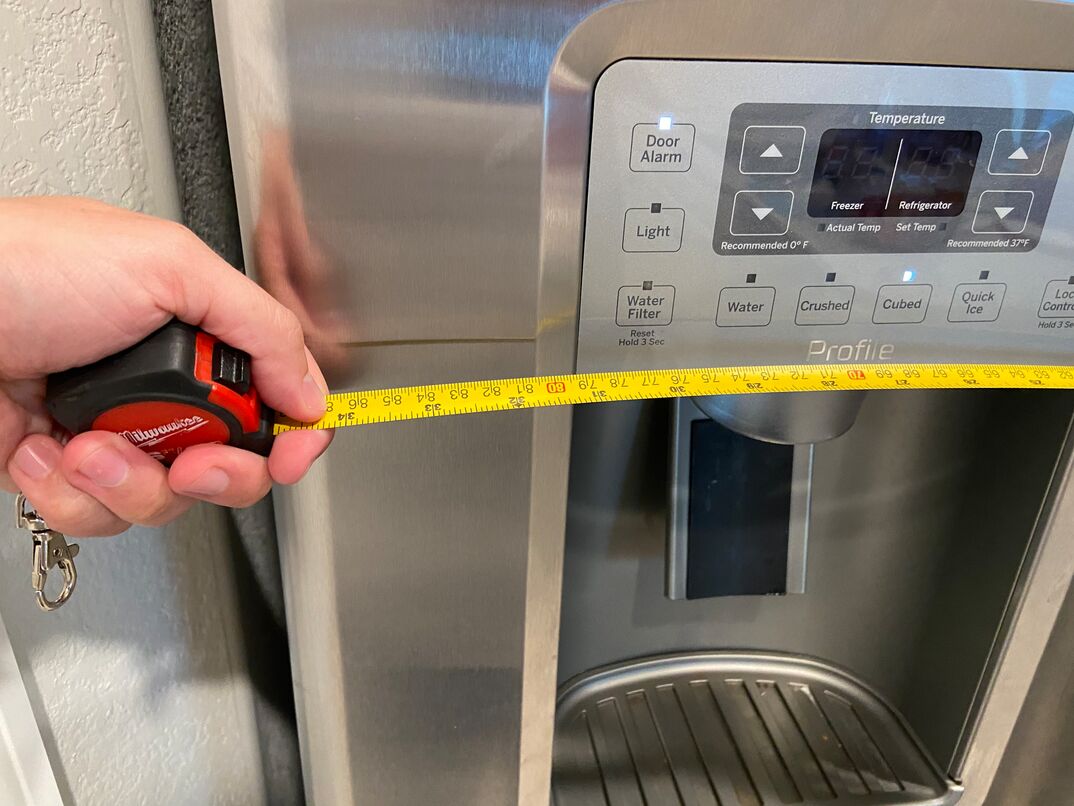





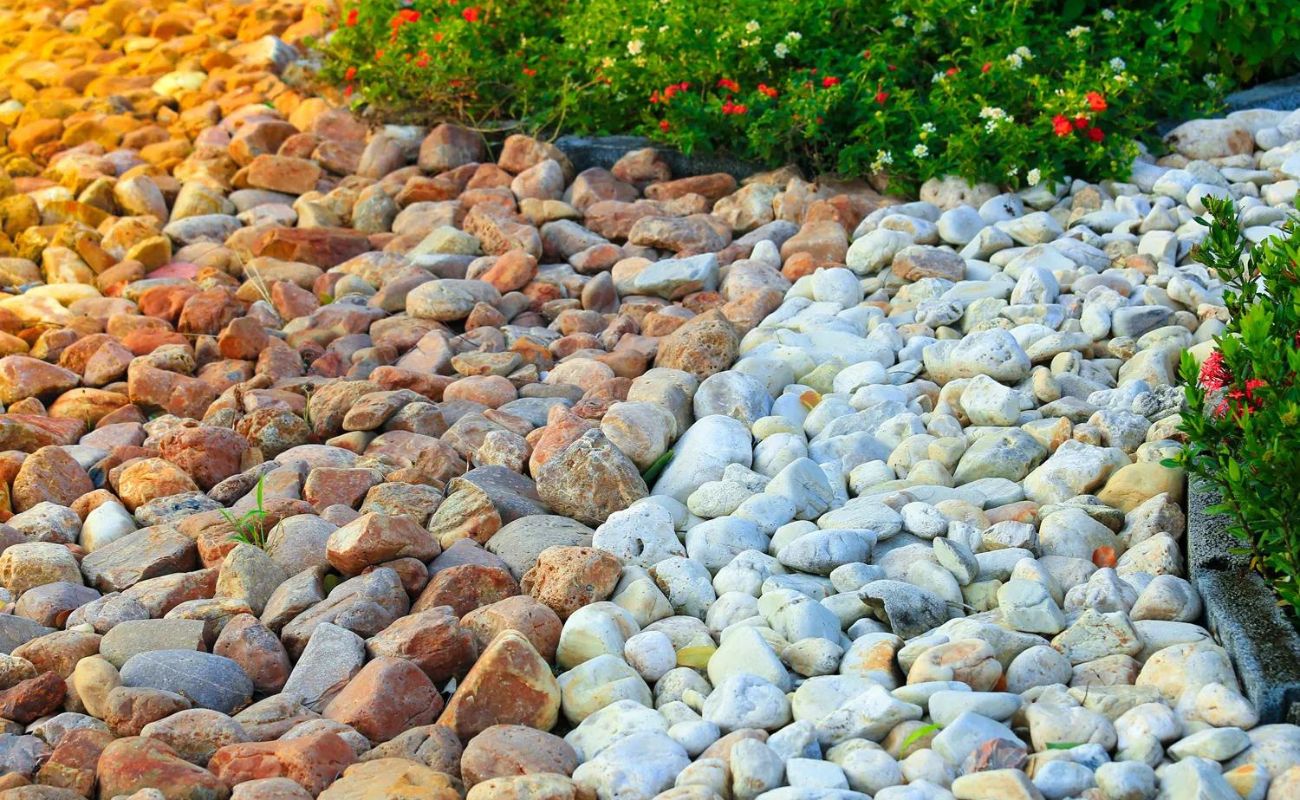
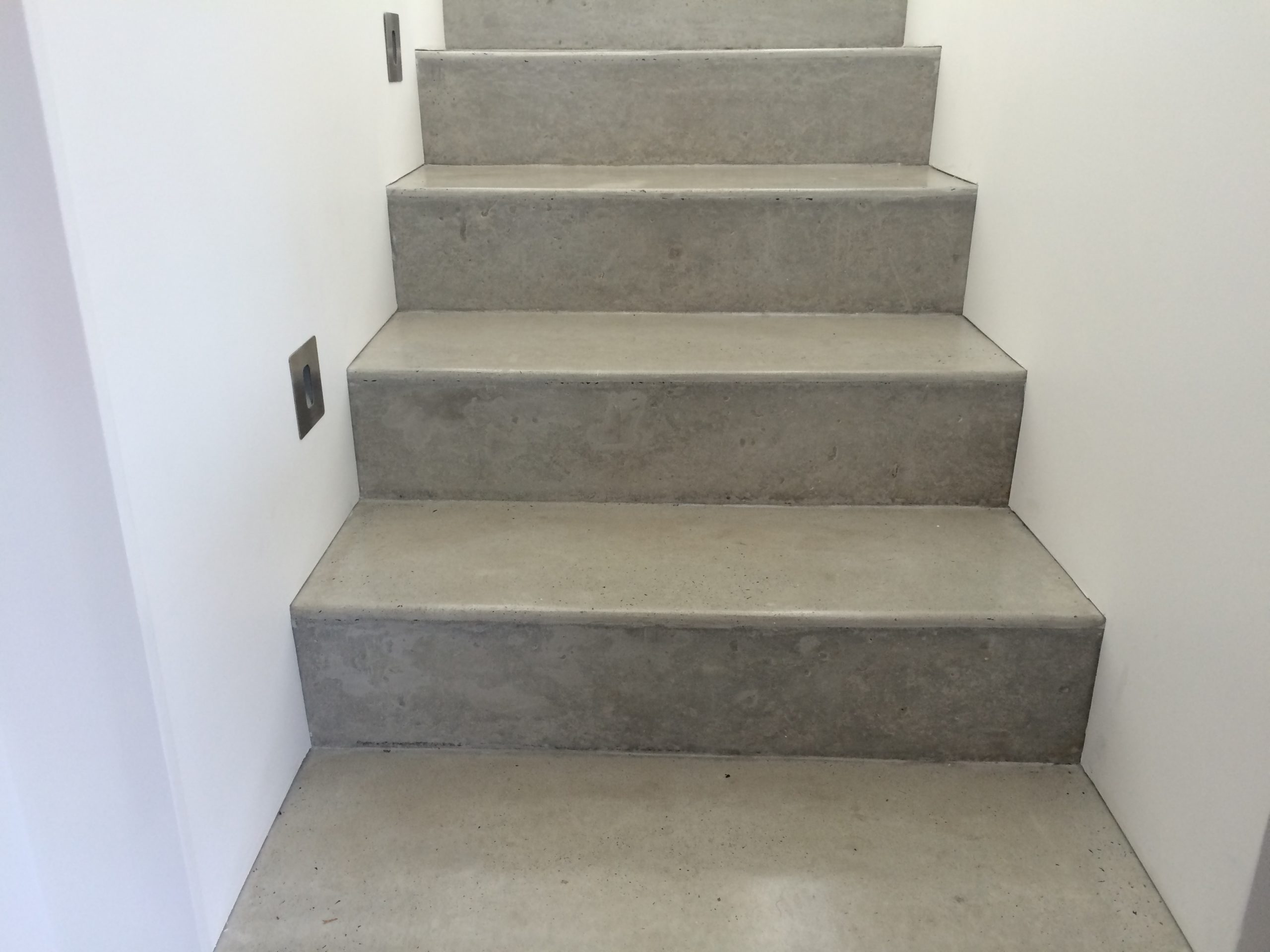
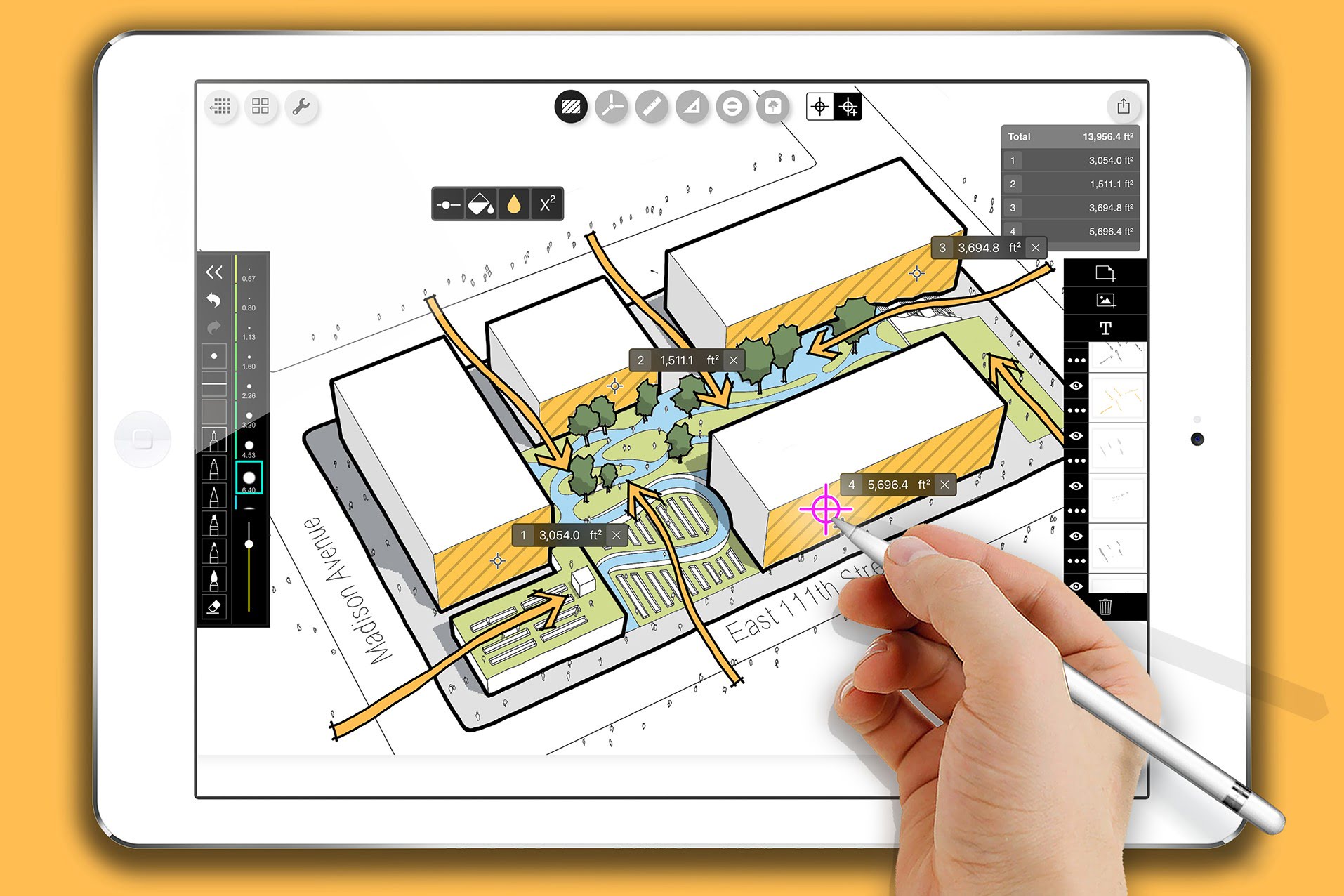
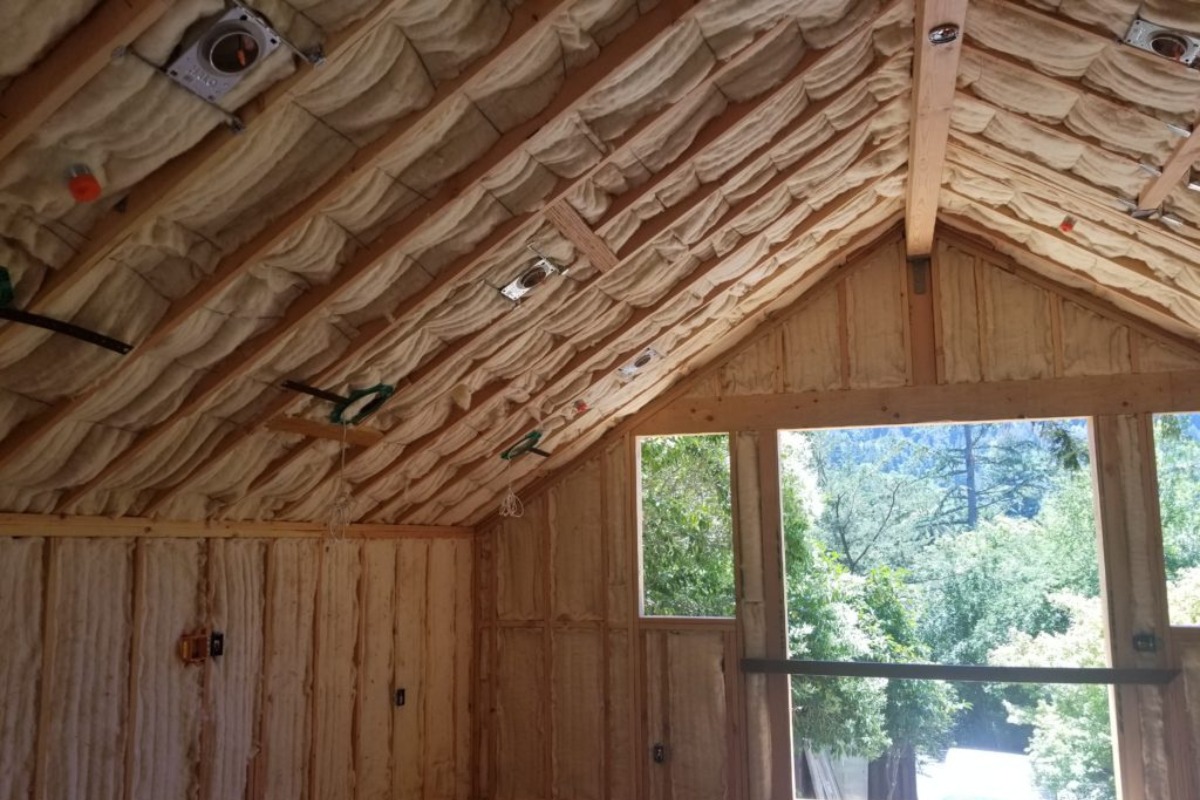
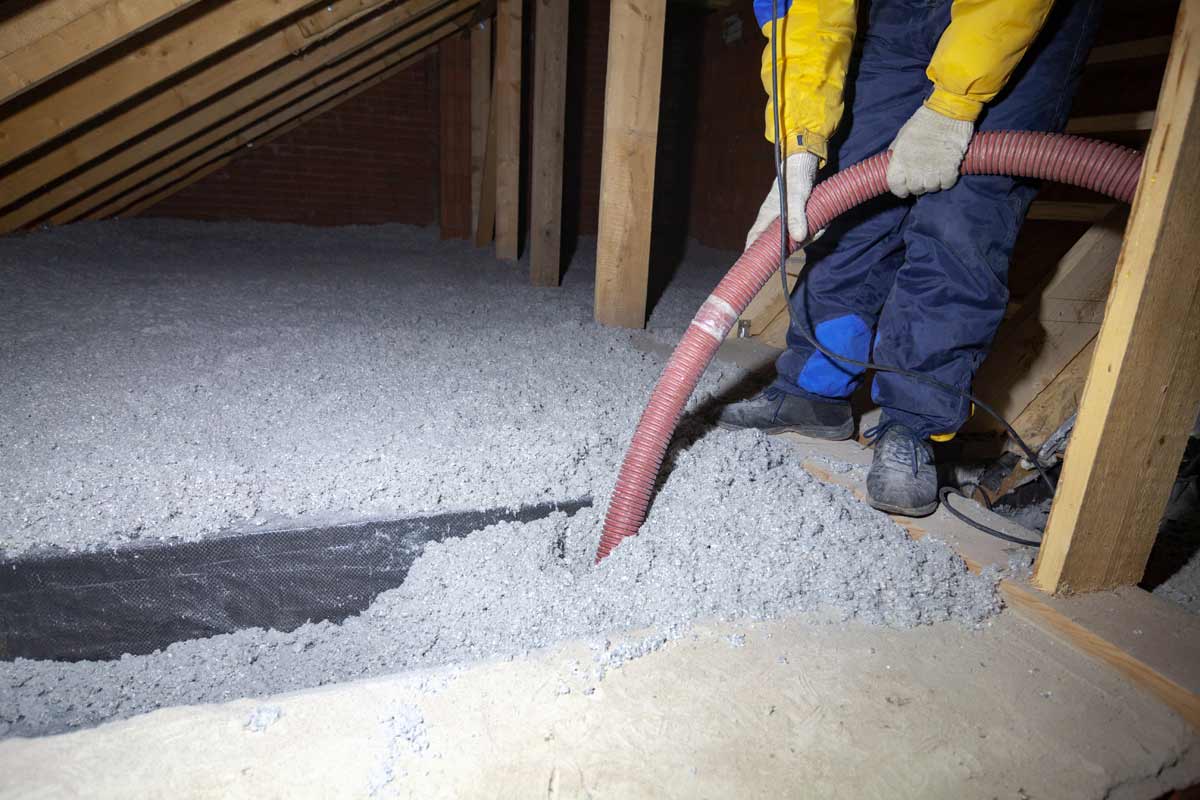
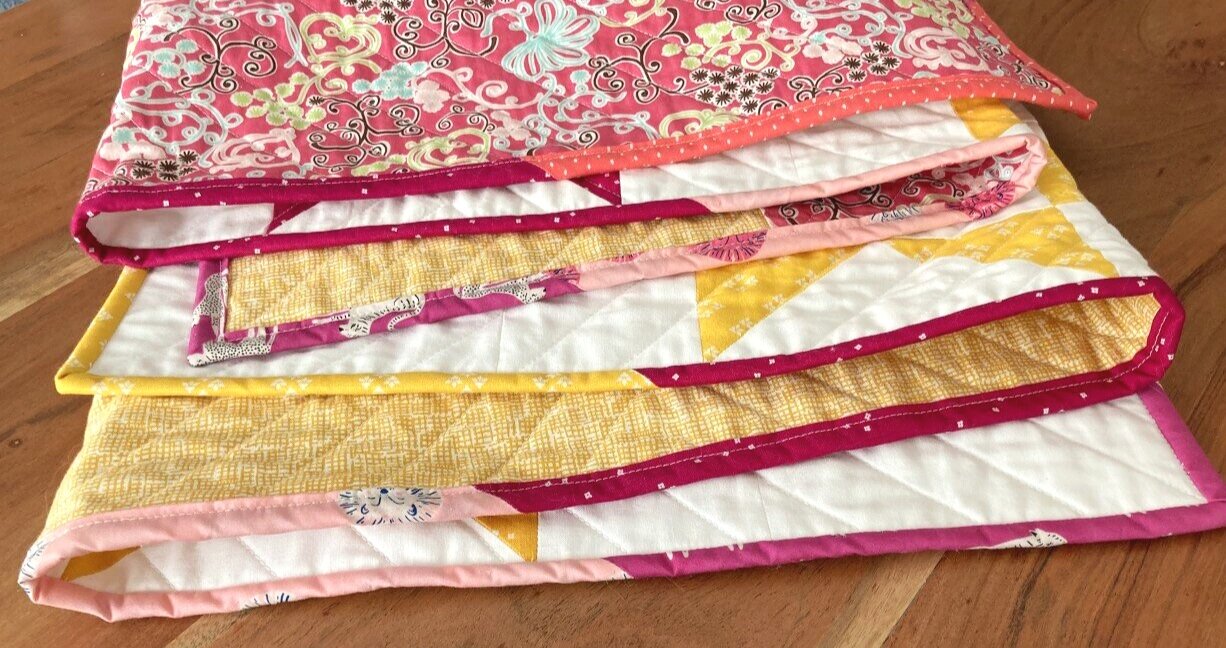



0 thoughts on “How To Calculate Cubic Feet For Landscaping”